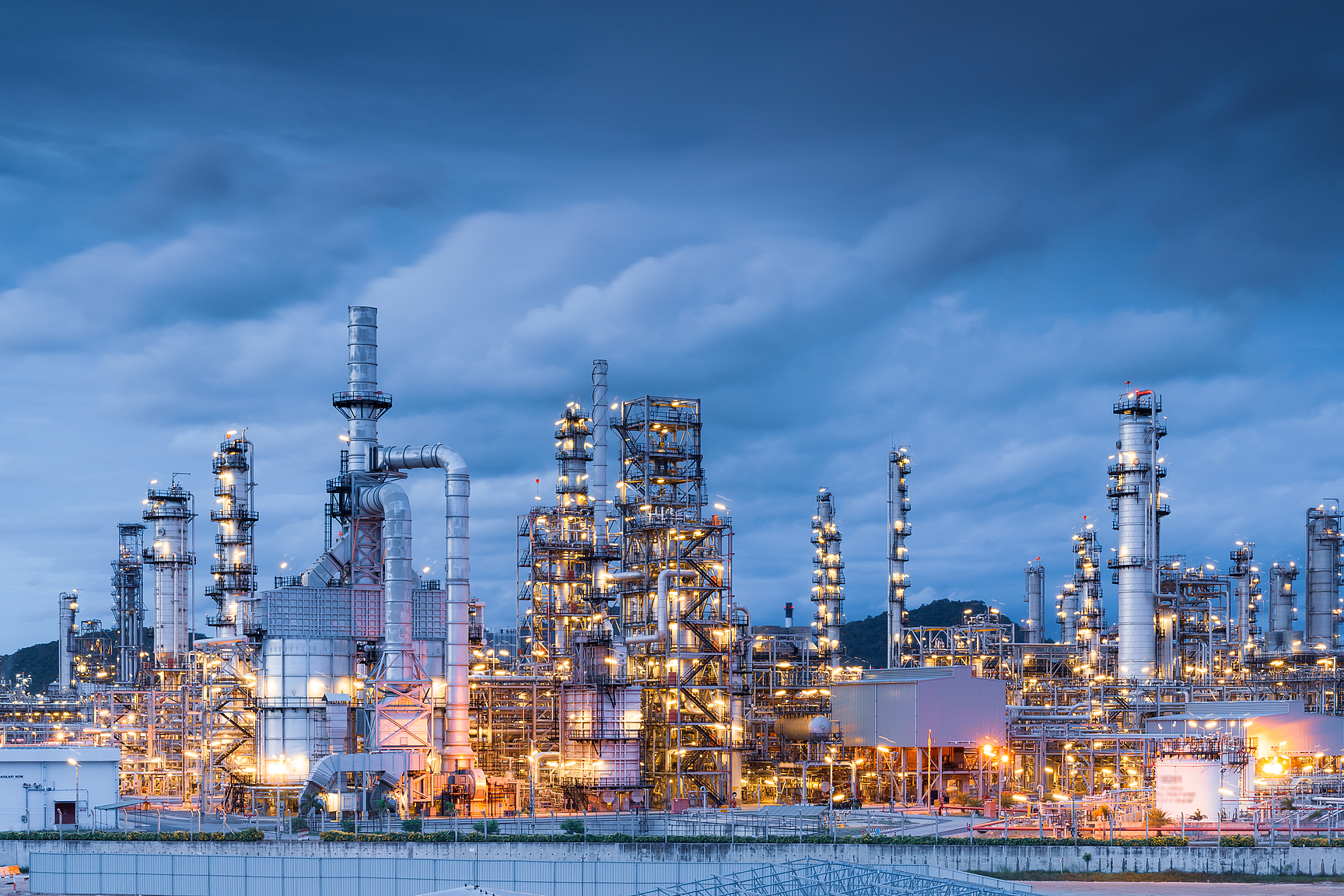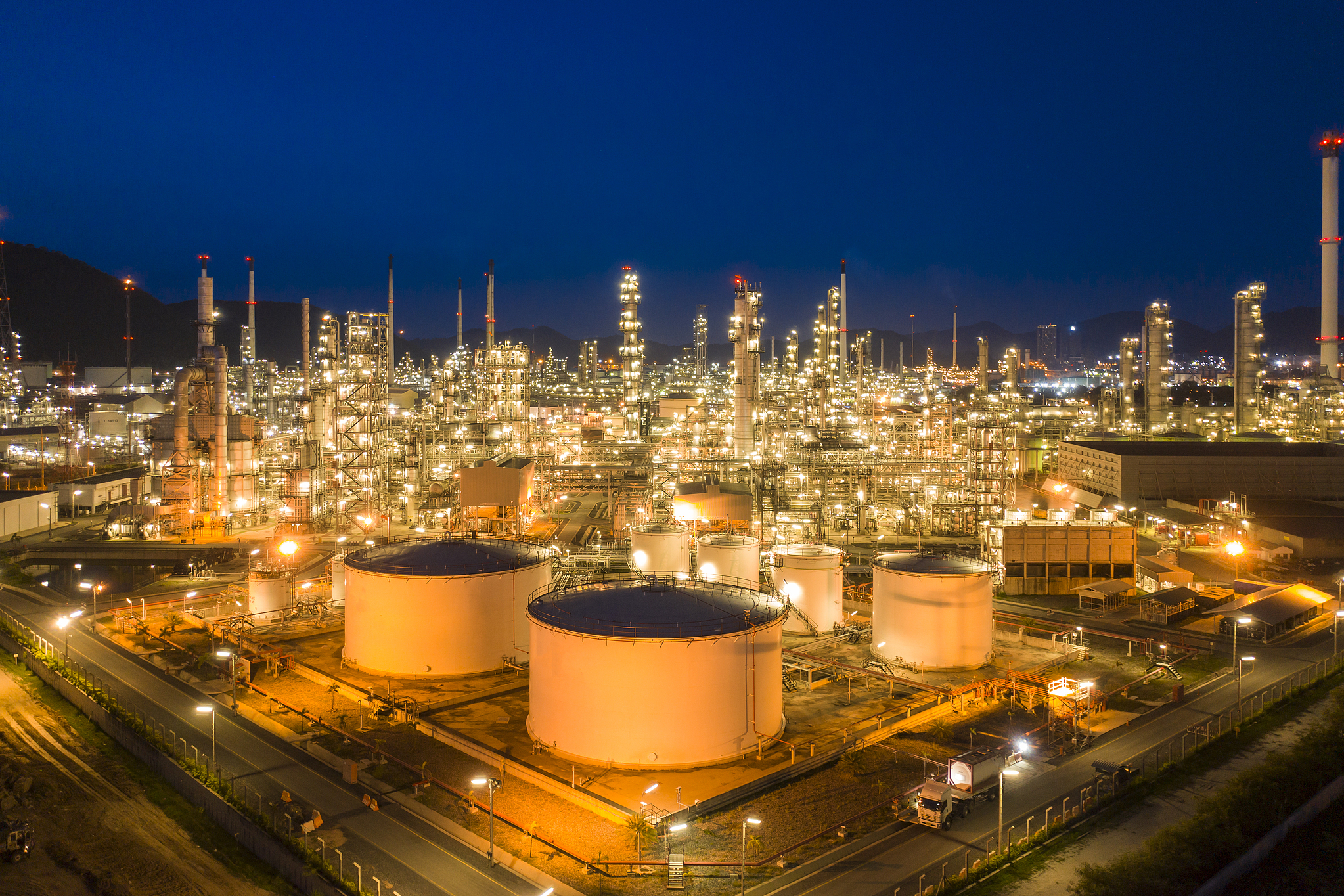











Methyl methacrylate, or MMA as it's commonly known, is seeing a real boost in demand lately, thanks mainly to several major industries jumping on board. Take the automotive world for instance where manufacturers are putting MMA to work making those clear polymer parts and tough coatings that not only look good but actually help vehicles run better too. Construction companies aren't far behind either, turning to MMA to make plastic that looks like glass for things such as wall panels and window installations, which adds both style points and makes buildings stronger overall. And let's not forget about electronics either. With our constant need for lighter gadgets, MMA has become essential for crafting everything from phone cases to screen protectors without sacrificing durability. Looking ahead, as new technologies keep emerging, we can expect even more creative ways industries will find to incorporate this versatile material into their products and processes.
According to recent market analyses, the worldwide demand for MMA should see a pretty impressive compound annual growth rate around 6 percent in the coming five year period. The main reason behind this upward trend? More and more applications popping up in different industries such as building materials and cars. Look at places like North America and Asia Pacific where the market will likely stay strong because there are so many factories operating there alongside cutting edge tech developments. And don't forget about Latin America and the Middle East either these emerging markets have real potential too, especially since construction projects are booming and local manufacturing of everyday products is increasing rapidly. All these regional shifts point to how the MMA market is changing shape, opening doors for businesses looking to expand their operations into new territories down the road.
The development of bio-based routes for producing methacrylic acid looks really good for making chemicals in a more sustainable way. When manufacturers switch from traditional methods to ones that use biological feedstocks, they cut down on fossil fuel dependence which naturally lowers carbon footprints. Many producers are turning to things like agricultural waste and other renewable plant sources because these materials work well for creating methacrylic acid without harming the environment. This approach fits right in with what consumers want these days since there's growing pressure across markets for products made through greener processes. Some major chemical firms have started investing heavily in new biotech approaches lately. These investments aim not just at improving how fast they can make methacrylic acid but also at bringing down expenses so businesses don't have to choose between being environmentally responsible and staying profitable.
Innovations in catalyst technology are making methyl methacrylate (MMA) production much more energy efficient, which helps improve overall sustainability numbers for manufacturers. The latest developments mean these chemical reactions can happen at cooler temps, cutting down on power usage and getting closer to what companies want from sustainable operations. When manufacturers tweak how fast reactions happen and what gets produced specifically, they end up with better yields while generating less waste. This matters because it supports those green chemistry initiatives many plants are trying to implement. Looking at the bigger picture, these improvements in energy savings do double duty they help protect the environment while also saving money for businesses across the manufacturing landscape.
The rules around environmental protection keep getting tougher, so manufacturers have had no choice but to focus more on worker safety and general well being throughout their operations. We're seeing this play out in the MMA industry where companies are swapping out dangerous chemicals for safer alternatives that pose fewer risks to both workers and the surrounding environment. Many businesses now run what they call lifecycle assessments to get a clearer picture of how their products affect the planet at every stage of development. Looking at things like how much power they consume during manufacturing, how much waste gets generated, and whether they're using resources wisely helps them stay within regulatory boundaries. Industry groups partnering up with green watchdogs has turned out to be pretty helpful too. These partnerships help create real world solutions that cut down negative impacts without breaking the bank, making it easier for companies to meet legal requirements while still running profitable businesses.
Reducing carbon footprints remains essential if we want to hit those global climate targets, and carbon capture tech in manufacturing shows real promise here. Some factories have already managed to slash their emissions by around 40% using these methods, which makes a big difference when looking at long term sustainability for industries. Energy recovery systems that grab leftover heat from production lines and put it back into the system work wonders too, cutting down on wasted energy and GHG output at the same time. We're seeing more companies switch to solar panels and wind turbines for their plants as well. Beyond just ticking boxes for green certifications, these approaches actually save money on utility bills while improving brand image among customers who care about environmental impact nowadays.
Switching to a circular economy model makes a big difference in MMA production when it comes to cutting down waste and getting better at using resources. Basically, this method revolves around recycling old materials and finding ways to reuse them again and again. That means we need fewer new raw materials and cause less harm to the environment. When manufacturers think about how long their products will last from start to finish during design phase, they tend to come up with greener solutions that save materials and generate less trash. A lot of businesses today are putting money into what's called closed-loop manufacturing. These systems let companies grab back valuable resources after use and put them right back into production cycles. For example, some MMA producers now collect scrap metal from customers and melt it down for new products instead of mining fresh ore. This not only saves money in the long run but helps meet those tough sustainability targets many industries face nowadays.
Photocatalytic conversion tech looks like something big for making MMA while still hitting those green targets most companies talk about nowadays. What makes this stuff interesting is how it takes things from nature and turns them into MMA instead of relying so much on old fashioned oil based stuff. When manufacturers mix their regular approaches with these new light activated reactions, they actually get better results faster and spend less power doing it. Labs all over are working hard on improving this area right now. If everything goes according to plan, we might see factories cutting down on pollution and saving electricity at the same time, which would definitely be good news for anyone concerned about cleaner manufacturing options.
 Hot News
Hot News2025-07-25
2025-06-16
2025-04-07
2025-04-07
2025-04-07
2025-12-03

